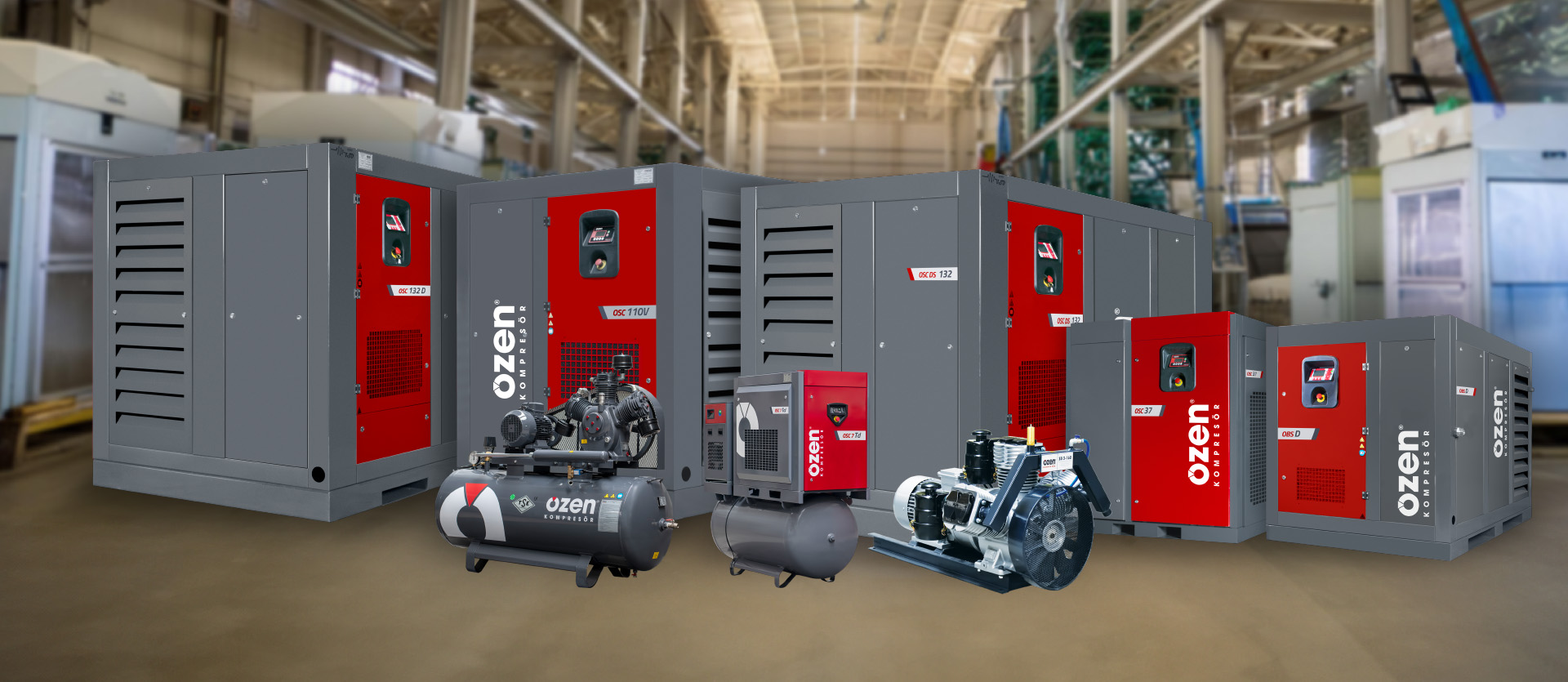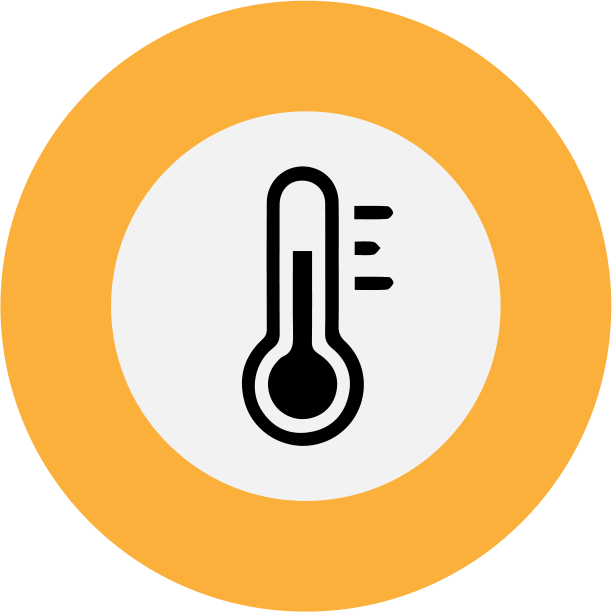Parameters to Consider in Compressors
7 May 2024, Tuesday

Compressors in industrial facilities are of critical significance in ensuring the uninterrupted performance of business processes and contributing to energy savings. These machines operate by compressing fluids such as air or gas, and factors like electricity consumption and cooling capacity hold great significance while doing this. To ensure the efficient operation of compressors, certain parameters must be carefully monitored and optimized. Only by doing so can enterprises preserve energy and guarantee a prolonged lifespan of the compressors.
Considerations for compressor selection and maintenance often vary depending on the type of compressor. For instance, piston compressors are among the most critical assets in facilities and also demand a significant amount of maintenance. Therefore, these machines require dedicated monitoring systems to oversee various important parameters, intended to eliminate unscheduled maintenance and mitigate the risk of damage to machine parts. The most important mechanical indications are:

Shock
Shock typically occurs in (reciprocating) compressors due to the movement of the piston within the cylinder. During this movement, shocks occur resulting in high-amplitude and very short peaks. Shock sensors are used to measure such shocks, as it can be difficult with vibration sensors. Shocks are important for regularly checking compressor performance and ensuring timely maintenance when needed. Monitoring the compressor’s kW cooling values and other parameters is crucial to enhance efficiency and reduce operating costs in especially energy-intensive industries.
Shock detection techniques are considered as effective tools for monitoring piston compressors. As the piston moves along the cylinder, shocks occur with high-intensity peaks in a short period. As vibration sensors cannot accurately detect such signals, shock sensors are preferred.

Vibration
Vibration has a significant impact on the performance and reliability of machines. The level of vibration is considered a critical parameter to determine whether the machine functions properly or not. Monitoring and analysing the level of vibration is critical for the maintenance and fault detection of compressors.
Vibration measurements can be done in piston compressors, while they may pose challenges due to the inherent behaviour of these machines. But there are some important machine components that should be observed for changes in vibration behaviour.
Despite the challenges associated with vibration measurements in piston compressors, the natural behaviour of reciprocating compressors must be considered.

Rod Displacement
It is characterized by the displacement of the piston and piston rod due to wear over time. Wear causes the piston to fall down and the piston rod to remain hanging. This can severely affect the compressor and lead to a loss of performance. But this can be compensated with proper monitoring and maintenance methods. The vertical displacement of the piston and piston rod is checked, and necessary adjustments are done. This prevents damage to the piston and piston rod caused by excessive compression.

Temperature
Temperature is a critical concern consistently thought by compressor manufacturers and users. Compressors are particularly susceptible to changes in pressure and temperature. Therefore, correct design and material selection are critical for the compressor to function effectively under high pressures and temperatures. Temperature can lead to the expansion and contraction of compressor components, potentially resulting in mechanical failure or loss of performance. Compressor manufacturers should design their products considering these temperature changes.
Temperature changes can affect not only performance but also safety depending on the compressor. The rise in pressure and temperature inside the compressor may elevate the risk of explosion or fire. As a result, compressor manufacturers should take necessary measures to ensure the safe operation of their devices, even under high-pressure and high-temperature conditions.
Repetitive-type compressor components susceptible to temperature changes include suction and force valves, as well as bearings. These components must be constantly monitored for temperature to prevent damage or reduced compressor efficiency. There are many temperature sensors available to monitor repetitive-type compressors.
